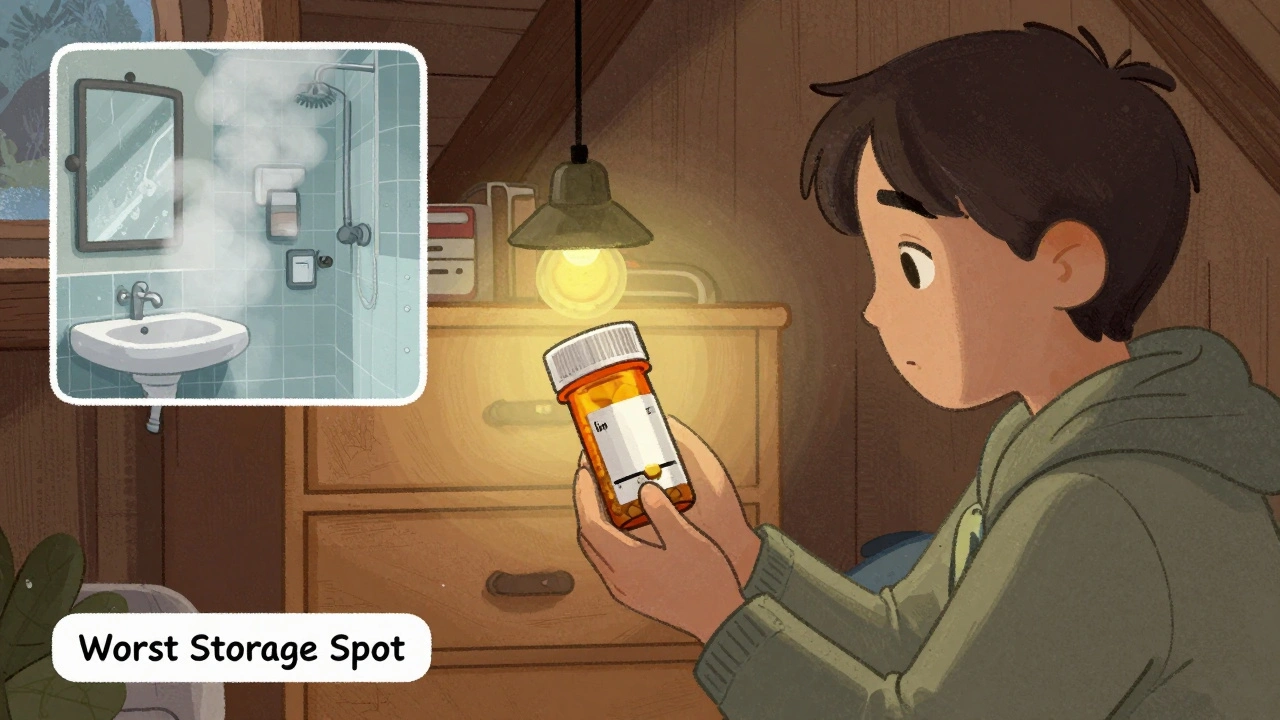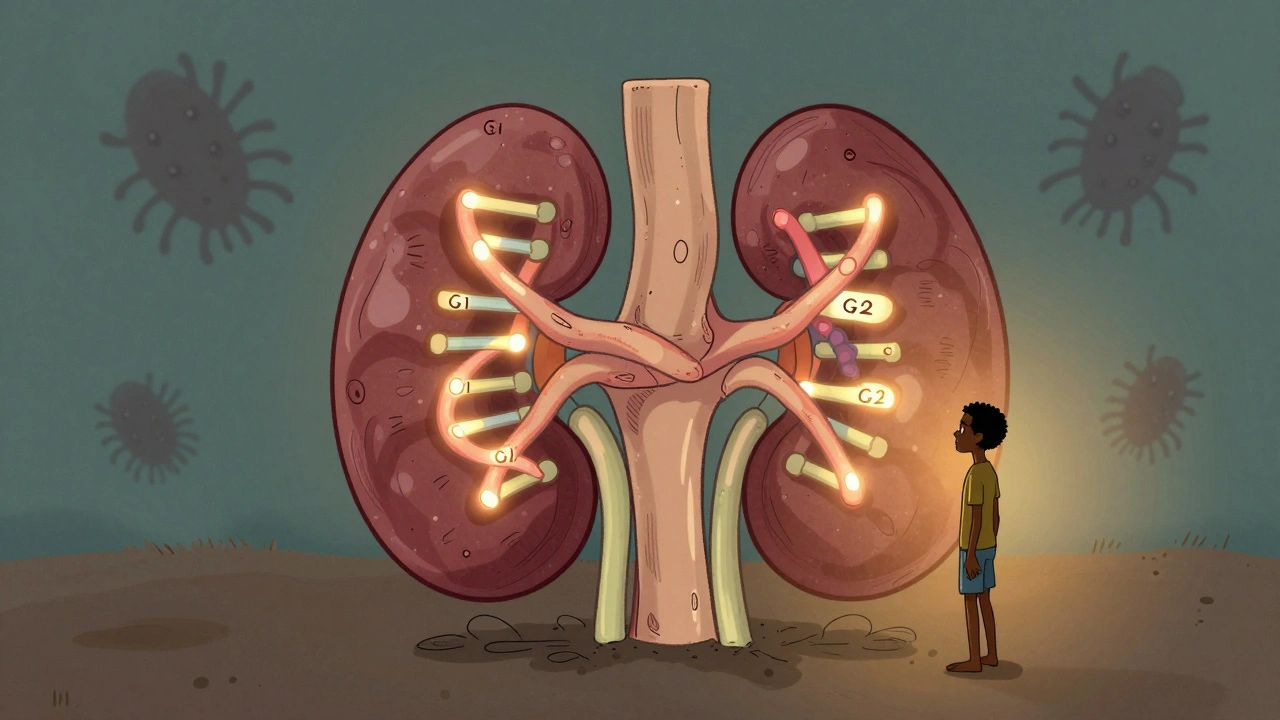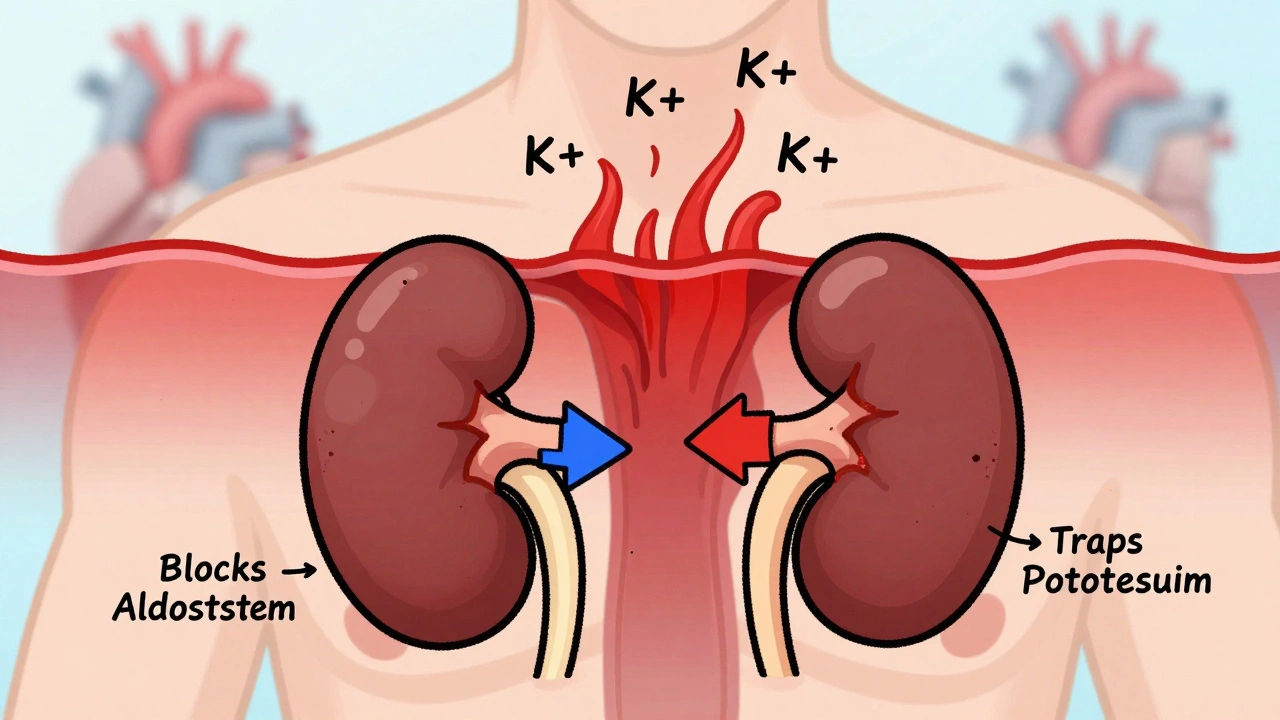Targeted Cancer Therapy: How Modern Treatments Attack Cancer Without Wrecking Your Body
When you hear targeted cancer therapy, a treatment approach that attacks specific molecules involved in cancer growth while leaving healthy cells mostly untouched. Also known as precision oncology, it’s not chemotherapy with a fancy name—it’s a completely different way of fighting cancer. Instead of blasting your whole body with drugs that make you sick, targeted therapy zeroes in on the exact biological flaws that let cancer cells grow out of control. Think of it like using a key to unlock a specific lock—only the cancer cells with that exact lock get hit.
This approach works because not all cancers are the same. Two people with lung cancer might have tumors driven by completely different genes. One might have an EGFR mutation, another an ALK rearrangement. That’s why doctors now test tumors for tumor markers, specific proteins, genes, or other molecules that signal the presence or behavior of cancer before deciding on treatment. These markers tell you which drug will work. Drugs like imatinib for CML, trastuzumab for HER2+ breast cancer, or osimertinib for EGFR-mutated lung cancer aren’t just new versions of old chemo—they’re designed to fit one specific molecular target. That’s why they often work better and cause fewer side effects.
But targeted therapy isn’t magic. Cancer cells find ways to adapt, which is why many people eventually need a new drug. That’s where precision oncology, the broader field of matching cancer treatments to individual tumor genetics comes in. It’s not just about picking the right drug once—it’s about tracking how the cancer changes over time and switching treatments as needed. Blood tests, repeat biopsies, and genetic profiling are now routine parts of care for many advanced cancers.
You won’t find every type of cancer on this list. Targeted therapy works best for cancers with clear, identifiable drivers—like melanoma, lung, breast, and some blood cancers. For others, it’s still experimental or not helpful at all. But for those who qualify, it can turn a deadly diagnosis into a manageable condition. The posts below cover real-world examples: how these drugs interact with other meds, what side effects actually matter, how patients manage them, and why some people respond while others don’t. You’ll see what works, what doesn’t, and what to ask your doctor before starting treatment.

Imatinib and Its Impact on the Global Cancer Treatment Landscape
Imatinib revolutionized cancer treatment by turning chronic myeloid leukemia from a fatal disease into a manageable condition. As the first targeted therapy, it paved the way for precision oncology and improved survival rates worldwide.





